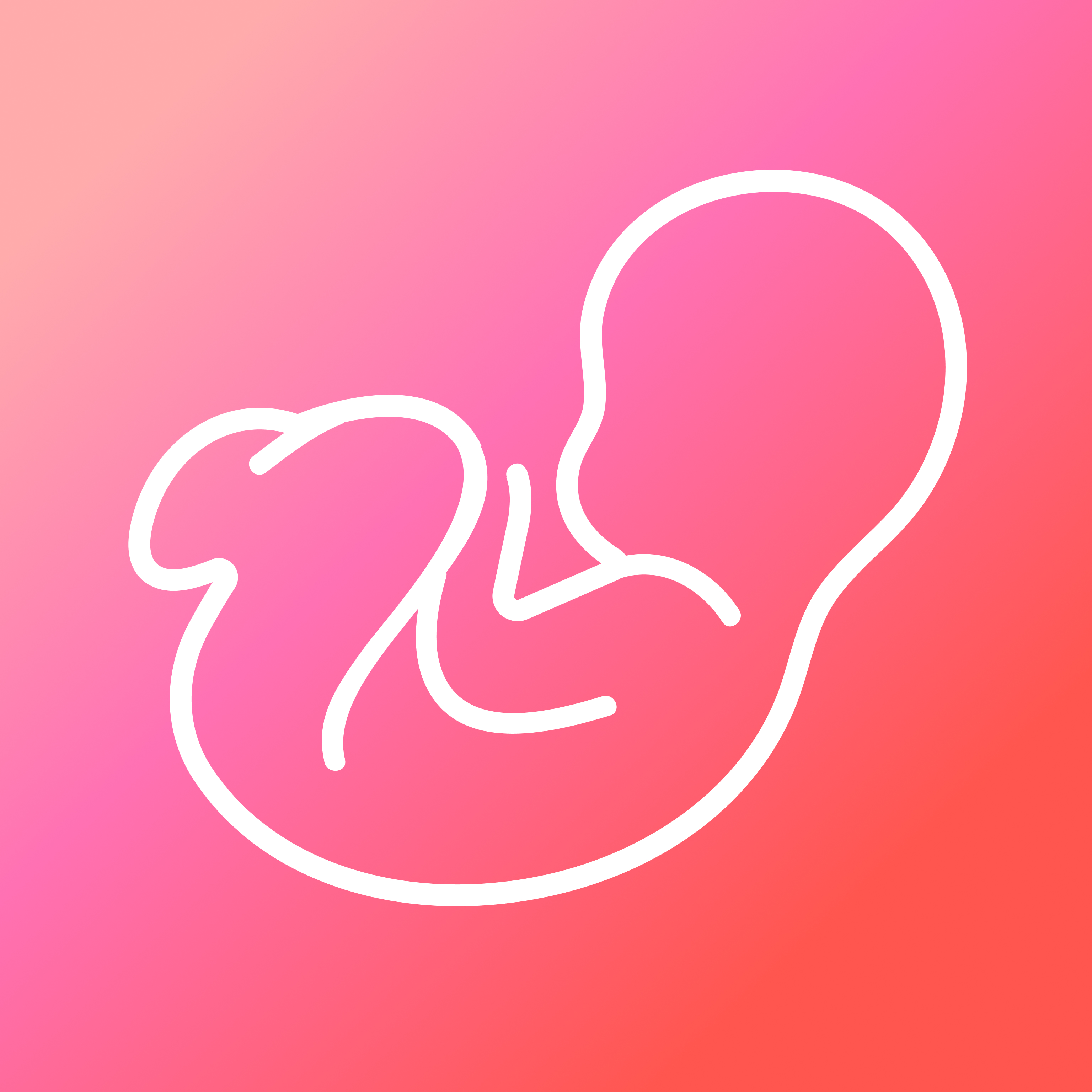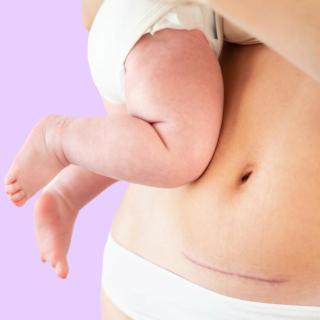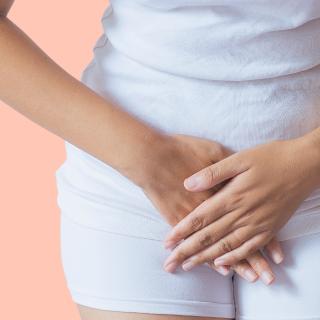My baby girl arrived at 38 weeks 5 days on January 28th 8:02pm weighing 7lbs 8oz and is 19 inches long. She is too small for her newborn clothes! Her umbilical cord was wrapped around her neck so I had to push really fast (got her out in 10 minutes) which caused me to tear both my lips and my perineum. Despite all that, I love her so much. She’s such a good girl and loves to do skin-to-skin with us.







Answer
1
Answer
1